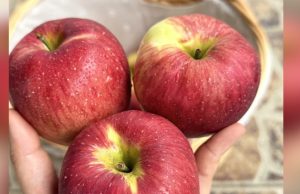Healthy meals that include fresh vegetables can provide your body with key nutrients like fiber, potassium, folic acid and vitamins A and C. Increasing fresh produce in your diet also may help with weight control, blood pressure, and reduce your risk of heart disease or stroke. However, the way you prepare and cook your veggies can make a difference in the amount of nutrients your body receives. Here are some healthiest ways to cook your vegetables you should know!

1. Boiled
Boiling vegetables are beneficial for people who are prone to forming calcium kidney stones, that can be caused by excess oxalic acid or an organic plant compound in the body. Boiling oxalate-rich vegetables such as Swiss chard, spinach and beets releases most of these oxalates into the cooking water.
2. Raw
Consuming some raw vegetables is a good way to make sure that you are ingesting beneficial water-soluble vitamins such as B and C and also enzymes, that cooking often destroys.
While not all vegetable is most nutritious eaten raw, there are exceptions in general, consuming them raw keeps the vitamins, enzymes and phytochemicals intact.
3. Steamed
Steaming veggies can preserve nutrients, color, shape, and texture, without having to add any unnecessary fats through ingredients like oils or butter. To steam, place food into a steam basket and cover over simmering water. Since food is not directly touching the water, vegetables retain more of their nutrients. Just watch steaming closely so as not to overcook your veggies.
4. Stir-fry
Stir-frying is a good option because while the heat is high, it’s quick. That sears the vegetables quickly, locking in important nutrients and maintaining their color and texture. Be sure to use small amounts of oil and choose healthier varieties (like olive or vegetable oil).
5. Microwaving
It’s a myth that microwaving your vegetables destroys their nutrients. In fact, microwaving is one of the simplest and quickest methods — and there is no fat added. Just be sure you don’t add much water.
6. Sautéd
Sautéing is an easy and quick way to cook vegetables with little oil. Sautéed vegetables retain their minerals and vitamins, as well as color and taste. This method is best suited for tender vegetables, like baby artichokes, asparagus, sweet peppers, snow peas, mushrooms and onions.
Sources: ucfhealth.com, 1mhealthtips.com


















